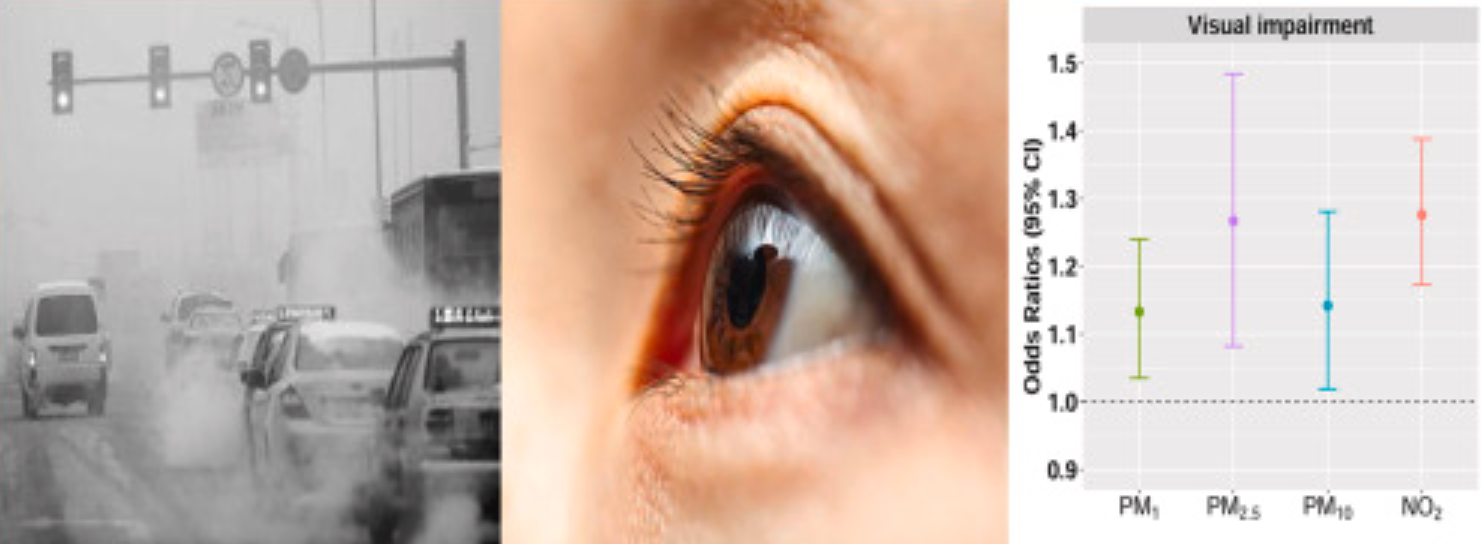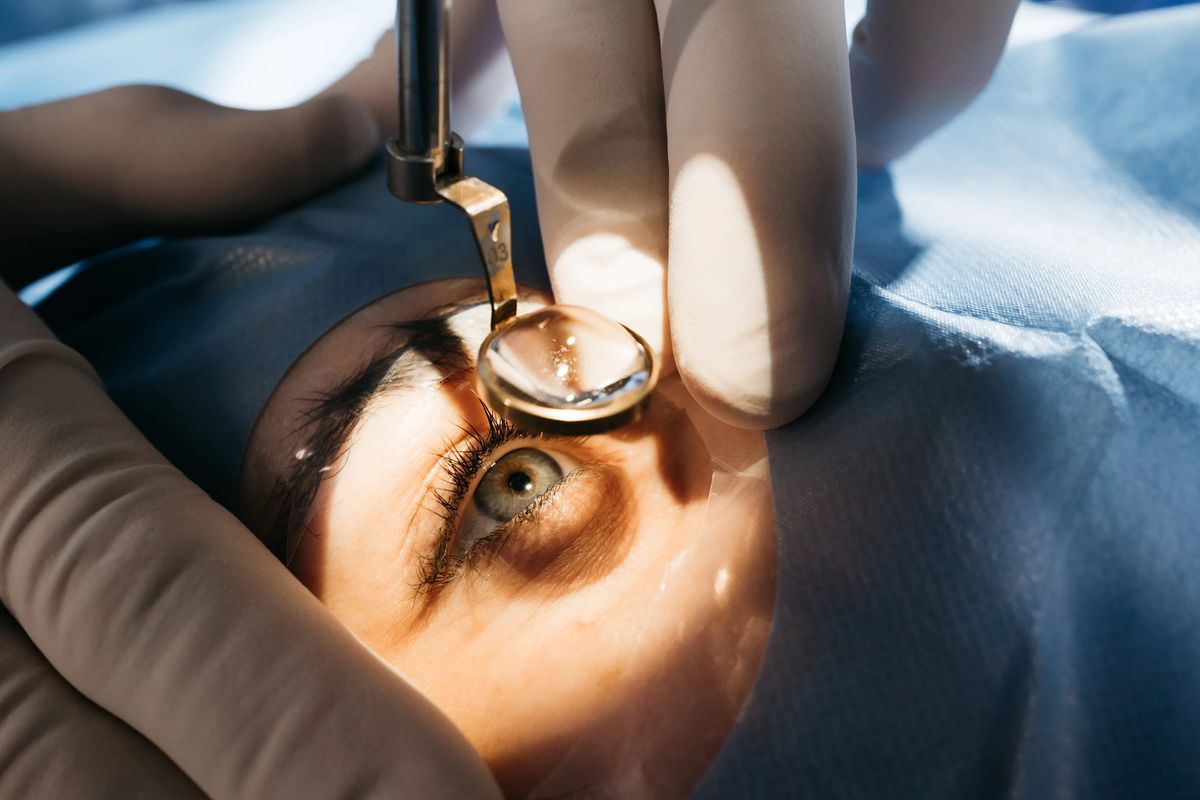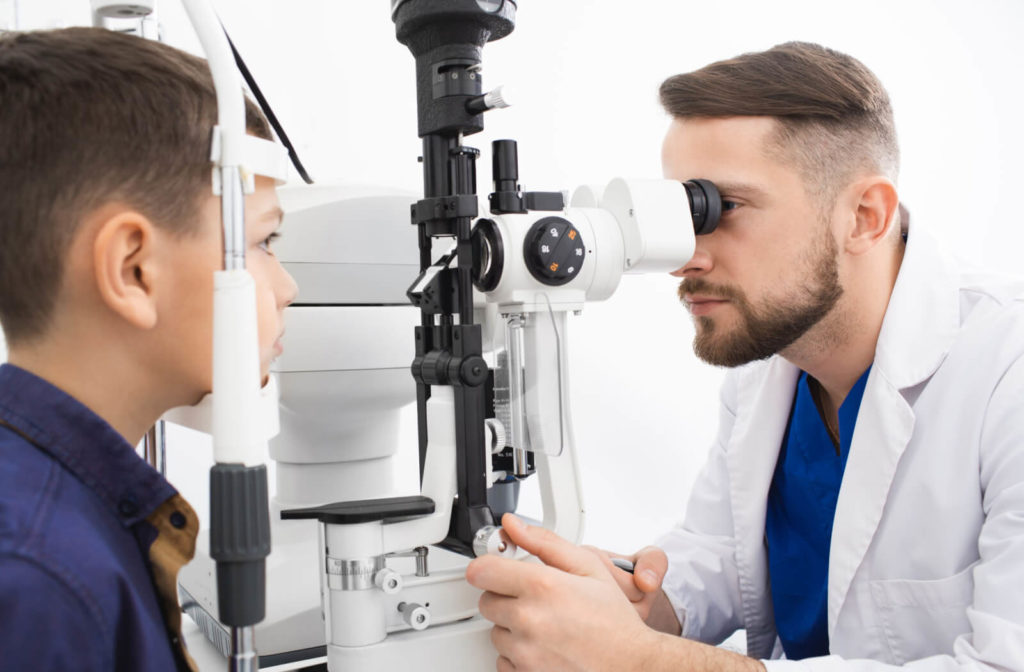General Context
When the Air Is No Longer “Clean” for the Eyes

According to the study, a clean living environment can significantly reduce the prevalence of myopia and vision decline in children. Photo: Technology Networks
According to the research team, a clean and healthy environment can greatly help reduce vision deterioration in young children. The study was conducted on nearly 30,000 students in Tianjin, China, using a machine learning model to analyze the combined impact of genetics, lifestyle, and environmental factors. Results showed that while genetics still play a key role, children living in areas with higher air pollution tend to have poorer vision, whereas those in cleaner environments exhibited significantly better eyesight.
Professor Zongbo Shi, an atmospheric biochemist at the University of Birmingham (UK) and co-author of the study, emphasized: “We have demonstrated that air pollution contributes to the development of myopia in children. This means that if the level of exposure to air pollution is high, the risk of myopia will be greater.”
Beyond Genetics – The Environment Also Shapes Vision
Previously, genetics were believed to be the primary cause of myopia. However, this study reveals that the living environment—especially air quality—can be adjusted and plays a significant role in protecting or impairing children’s vision. In “clean air” simulations, when PM2.5 and NO₂ levels were reduced to their lowest observed thresholds, the visual acuity of students—particularly those in primary school—improved almost twice as much compared to older students.
Professor Shi further explained: “There are factors you cannot change. But you can change your habits. You can reduce air pollution, and that can improve vision.”
Lifestyle Habits: The Hidden “Accomplice”

A previous study from China also showed that exposure to air pollution is linked to reduced vision in children. Photo: Science Direct
In addition to environmental causes, the research also identified unhealthy daily habits—such as sleep deprivation, excessive screen time, and lack of outdoor activity—as factors that increase the risk of poor eyesight in children. These habits force the eyes to focus at close distances for extended periods, leading to eye strain, dryness, and a higher risk of progressive myopia. Fortunately, these are all controllable risk factors if parents make early adjustments.
As children today spend increasing amounts of time studying and playing on screens, managing screen time and encouraging exposure to natural light outdoors are more important than ever.
Cautious Perspectives from Experts
Not all experts fully agree with the study’s conclusions. Professor Donald Mutti, an ophthalmologist at The Ohio State University (USA), commented that some findings are “inconsistent” with previous research, which typically concludes that spending more time outdoors helps reduce the risk of myopia. He remarked: “I’m concerned that this nontraditional approach may yield a nontraditional answer.”
He also pointed out that the machine learning model used by the Chinese research team might have introduced uncontrolled variables, such as exposure to artificial light at night or prolonged study time.
Nevertheless, most scientists agree that this study broadens our understanding of how air quality affects eye health. It adds valuable insight into the relationship between the environment and refractive errors—conditions previously thought to be primarily influenced by genetics or study habits.
A Global Consequence

Beyond myopia, rising air pollution poses serious risks to children’s visual health.
The Chinese study is not an isolated case. A report from Denver (USA) once showed that air pollution increases the number of ophthalmic visits and cases of eye surface inflammation. Meanwhile, another clinical study published earlier in 2025 found that prolonged exposure to pollutants can accelerate the progression of myopia in children.
These findings highlight that the effects of pollution extend far beyond the respiratory or cardiovascular systems—they also threaten the eyes, one of the most sensitive organs to environmental change.
Protecting Children’s Vision – Starting from Small Changes
Experts recommend that parents take proactive steps to protect their children’s eyesight by:
- Monitoring air quality and limiting outdoor activities on days when AQI levels are high, especially with elevated PM2.5 concentrations.
- Encouraging outdoor play when the air is clean, as natural light helps regulate eye development.
- Reducing screen time and following the 20-20-20 rule (every 20 minutes, look at something 20 feet away for at least 20 seconds).
- Providing eye-healthy nutrition with foods rich in vitamin A, lutein, and omega-3.
- Scheduling eye exams every six months to detect early signs of progressive myopia.
Professor Zongbo Shi concluded: “Improving air quality not only reduces the burden of disease but also helps protect eye health.” In the context of worsening pollution across Asian cities, this serves as a powerful warning for both communities and policymakers. Every small action—from reducing vehicle emissions and avoiding open burning to planting more trees—helps create cleaner air for the eyes of the next generation.
For children, the eyes are not just the “windows to the soul” but the foundation for learning and their future. Keeping the air clean means preserving that light—the light of life, of knowledge, and of pure dreams.

 vi
vi 11-Oct-2025
11-Oct-2025










 0916.741.763
0916.741.763 Appointment
Appointment